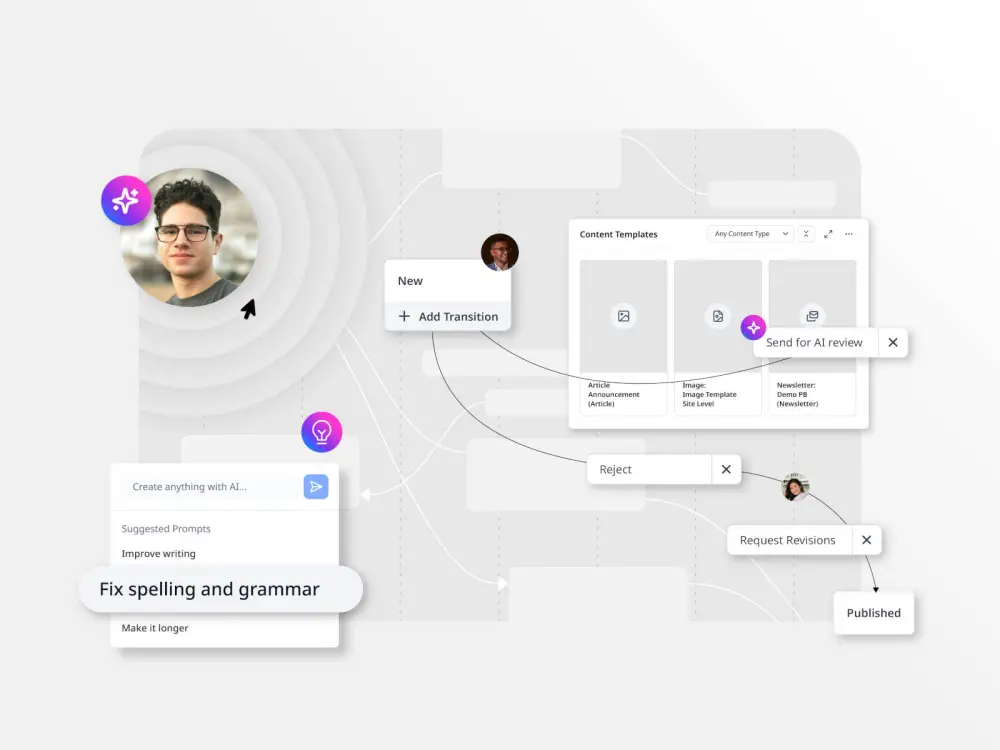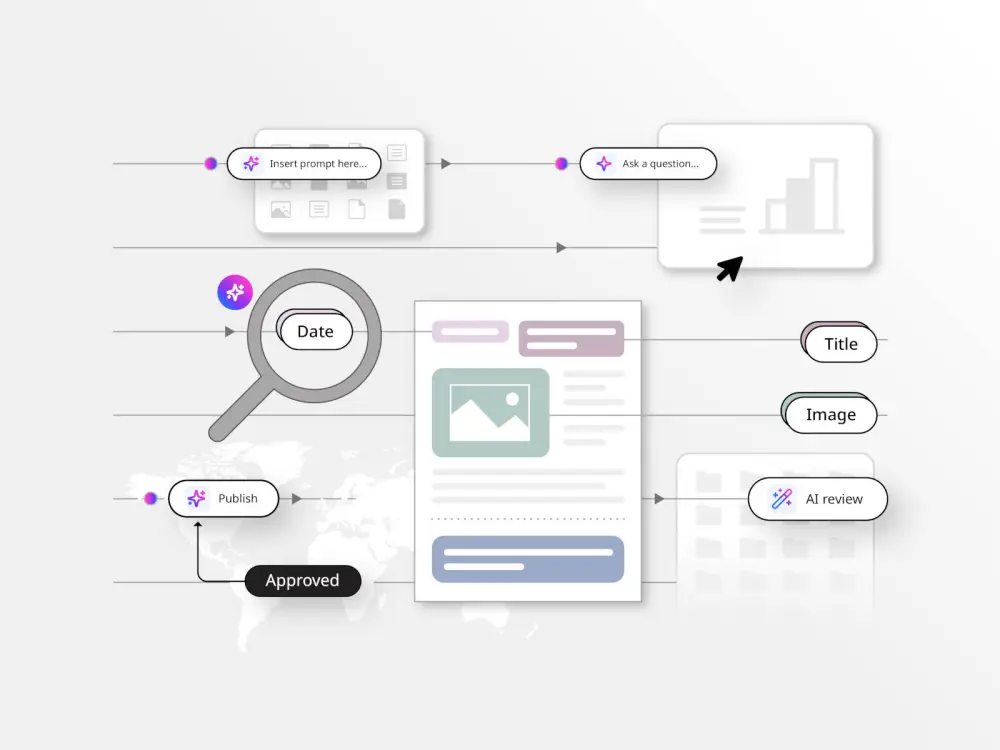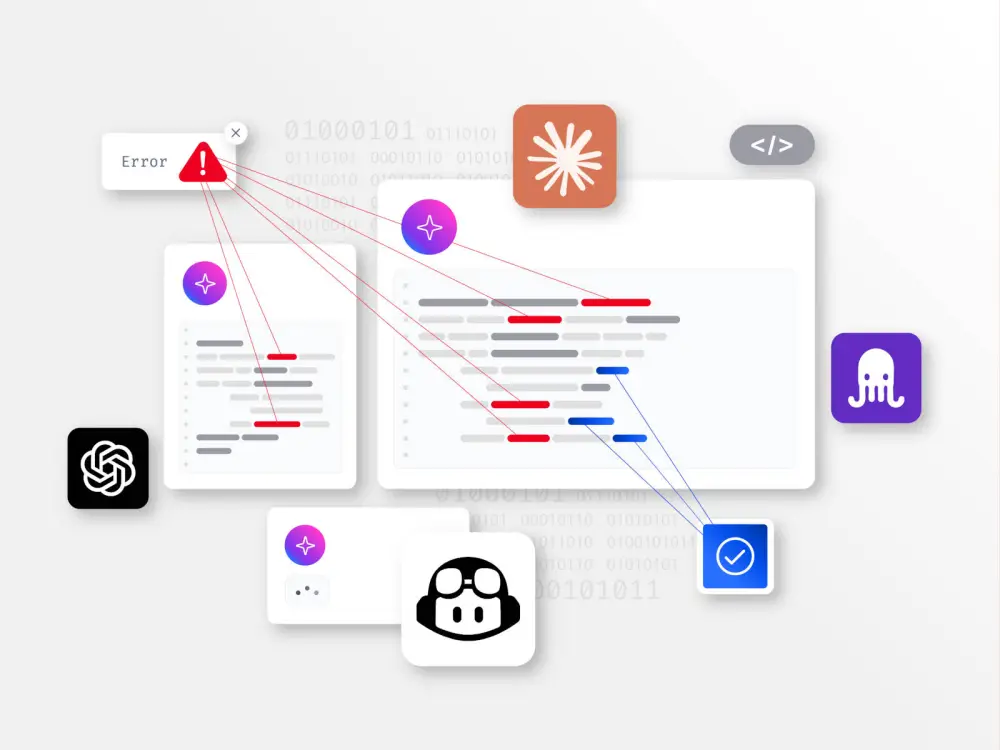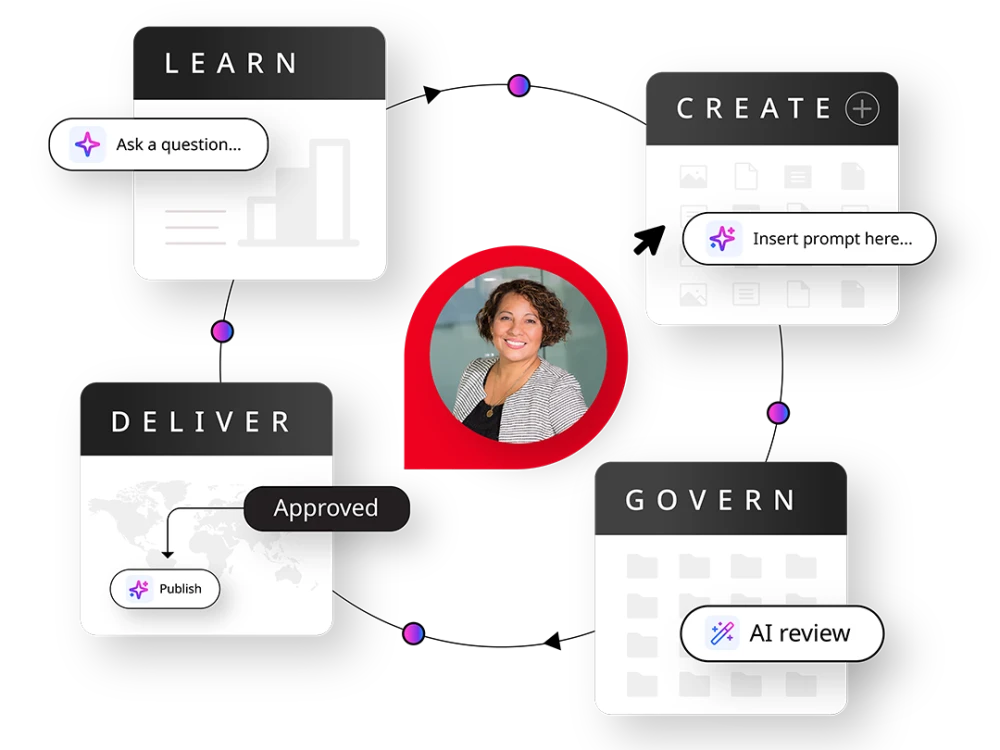Embedding coverage
When AI models crawl your content, there’s a chance it gets embedded into their internal knowledge base. Well-embedded content is more likely to appear in AI-generated answers — even when phrasing doesn’t match exactly — because it’s semantically understood and reused across queries.
Think of it like this: every time your content gets crawled by an AI, there’s a chance it gets embedded into that model’s internal knowledge base or vector store. Once embedded, it can be:
- Retrieved more accurately in response to prompts
- Matched semantically to related topics (even if phrased differently)
- Reused across thousands of future queries
The broader your embedding coverage, the more your content shows up in AI-powered answers, even when the user’s wording doesn’t match your headline.
While you can’t see inside proprietary AI models (yet), you can increase your chances of being embedded by:
- Writing with semantic clarity: AI models love content that’s logically structured, well-formatted and rich in internal connections. Use headings, bullet points and Q&A formats to give them clean semantic chunks to work with.
- Publishing evergreen, high-trust content: Long-form guides, expert explainers and FAQ pages tend to get embedded more often than fluffy brand pieces or transient announcements.
- Targeting adjacent queries: Embedding doesn’t require perfect keyword matches. The goal is to help AI models map meaning, so covering adjacent topics, use cases and pain points can expand your content’s surface area.
- Monitoring open-source models: Models like Mistral or Falcon (which are open weights) give us a window into what kinds of content tend to be embedded. Reviewing these can help reverse-engineer what formats get favored.
This is about semantic discoverability. If your content is well-embedded, it can:
- Show up even when the user query doesn’t match your exact phrasing
- Be recombined with other sources to form better answers
- Gain long-term relevance in AI memory, far beyond your website traffic spike
While you can’t directly inspect a model’s memory, you can infer how well your content is embedded by prompting LLMs in ways that surface paraphrased ideas, topic associations, or indirect brand mentions. Try prompts like:
- “What are some common strategies for [adjacent pain point]?” (See if your approach or terminology shows up without direct brand mention.)
- “Give a best-practice guide to [your signature topic] based on expert consensus.” (Evaluates whether your guidance has been absorbed into generalized AI knowledge.)
- “Who are the thought leaders or standout voices in [industry/topic]?” (Useful to test if LLMs identify your brand or content as authoritative.)
Leverage a spreadsheet to track performance indicators and prompt test results over time that will give you answers on:
- Semantic visibility even when brand isn’t named.
- Monitor which content types/models retrieve your information.
- Identify areas where your tone, phrasing, or topic strategy needs adjustment.





